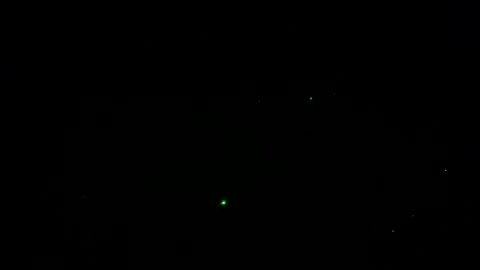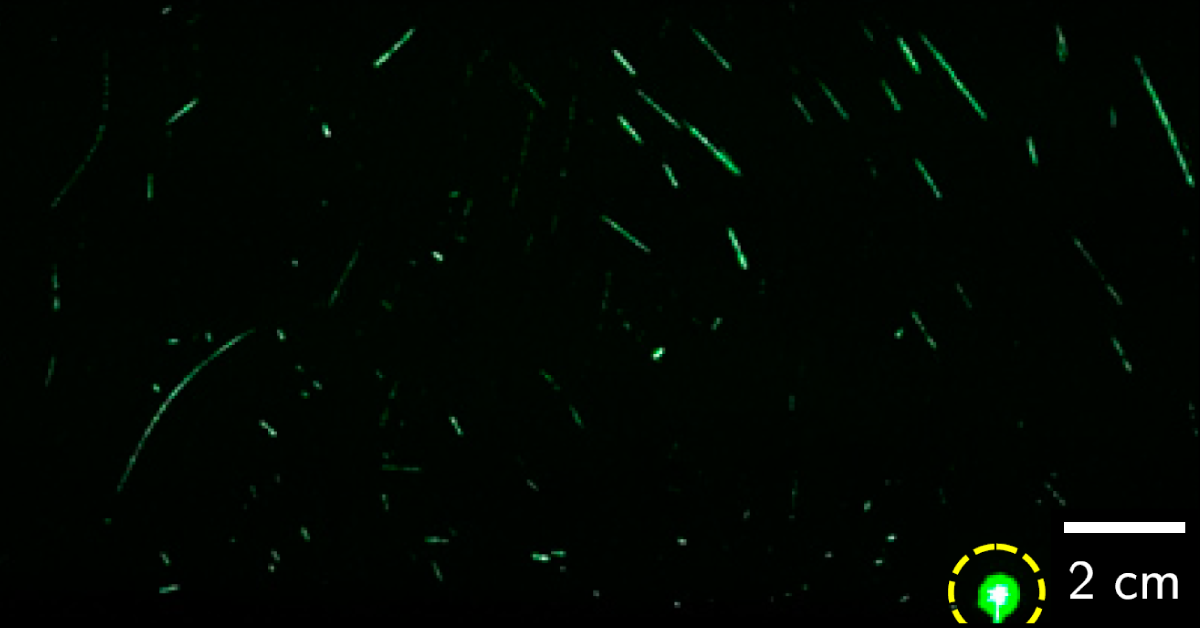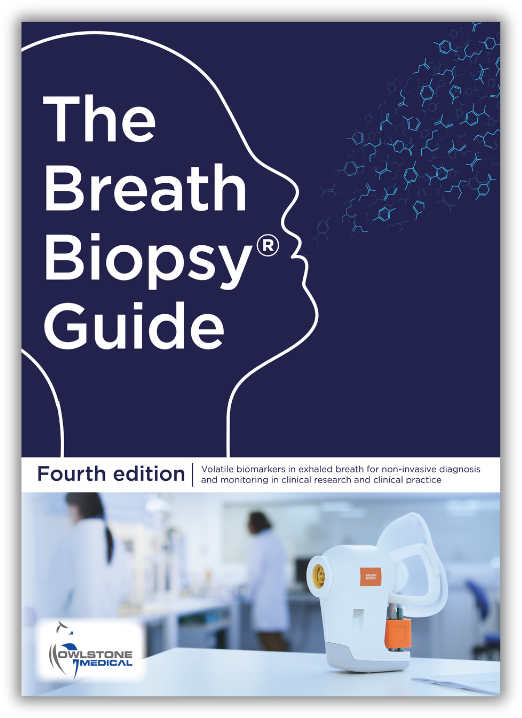Respiratory droplets in asymptomatic viral transmission
Published on: 19 Mar 2020
In recent months, the relationship between viral infections and breath has been thrown into the spotlight by the spread of COVID-19. As a pathogen that primarily infects the lungs and that is thought to be spread through exhaled droplets in the air, the role of breath in transmitting the infection has been of critical interest.
The evidence supporting exhaled respiratory droplets as a mode of transmission for the COVID-19 virus is growing and there is particular interest in the role of droplets in transmission from asymtomatic patients. A recent study has shown that droplets aren’t just produced as a result of disease symptoms such as coughing or sneezing but that they could be spread during normal speech.
Normal Speaking Enables Virus Transmission in Enclosed Spaces
Writing in PNAS, Stadnytskyi et al. [1], present the use of a laser light sheet to visualize droplets produced from speech. The study calculates that speech produces around 2,600 droplets per second but may produce as many as 10,000 when speaking louder, a result that supports previous findings [2].


Estimating based on a load of 7×106 viruses per mL, these results could mean around 1,000 virus-containing droplets are released into the air for every minute of speech and they could stay airborne for eight minutes or more. Working in a closed environment, the study shows that speech can produce droplets ranging from 4μm to 21μm in diameter with the half life for smaller airborne droplets estimated to be as high as 14 minutes.
These observations confirm that there is a substantial probability that normal speaking causes airborne virus transmission in confined environments.
Stadnytskyi et al. 2020
This research first appeared as a correspondence in The New England Journal of Medicine [3], which also demonstrated that placing a damp cloth over the speaker’s mouth reduces droplet emission to near background levels, supporting the efficacy of wearing masks to control virus transmission, as we have highlighted previously.
To find out more about integrating breath sampling into COVID-19 research click here.
References
- Stadnytskyi et al. (2020) The airborne lifetime of small speech droplets and their potential importance in SARS-CoV-2 transmission. PNAS DOI: 10.1073/pnas.2006874117
- Asadi et al. (2019) Aerosol emission and superemission during human speech increase with voice loudness. Sci Rep; 9:2348-2348. DOI: 10.1038/s41598-019-38808-z
- Anfinrud et al. (2020) Visualizing speech-generated oral fluid
droplets with laser light scattering. N. Engl. J. Med., 10.1056/NEJMc2007800.
Download the Breath Biopsy Guide to learn about breath biomarkers and their applications

